Outline:
Think about the brands you trust without question. The ones you recognize instantly—whether it’s their color palette, the way they speak to you, or the feeling you get when you interact with them. Now, ask yourself this: what makes them so memorable?
In a world overloaded with noise, fleeting trends, and visual clutter, consistency has quietly become one of the most powerful tools in branding. It’s not just about looking polished—it’s about being unmistakably you, every time someone encounters your brand.
That’s why this article tackles the big question: why is brand consistency important? Because beyond design and messaging, it’s about shaping trust, recognition, and long-term loyalty. We’ll dive into what brand consistency actually means, where it counts the most, and how top-tier companies use it to their advantage. Plus, we’ll share inspiring brand consistency examples and tips you can actually use—no fluff.
Let’s dig in.
More Than a Logo: What Is Brand Consistency, Really?
When people hear “brand consistency,” they often think it’s just about slapping the same logo on everything and calling it a day. But that’s just the surface. The truth is, what is brand consistency goes much deeper—it’s about crafting a cohesive, recognizable identity across every single touchpoint.
At its core, brand consistency means that everything your business puts out into the world feels connected. Your voice, your visuals, your messaging, your values—they all sync up and reinforce one another. Whether a customer is scrolling your Instagram, walking past your storefront, or chatting with your support team, they should feel like they’re dealing with the same brand every time.
It includes:
- Visual identity: colors, typography, logo usage, photography style, layout design.
- Verbal identity: tone of voice, language style, taglines, product descriptions, email copy.
- Experience design: how users interact with your website, product, app, or service.
- Brand values and mission: what you stand for and how consistently you act on it.
Why does this matter? Because inconsistency confuses. And confusion kills trust. When your brand shows up the same way every time, it builds familiarity—and that familiarity breeds comfort, recognition, and ultimately, loyalty.
So, what is brand consistency? It’s the art of always showing up as your brand at its best—visually, vocally, and experientially.
The Invisible Power Behind Trust: Why Is Brand Consistency Important?
You can spend thousands on ads, hire top designers, or shout louder than your competitors—but if your brand feels different every time someone interacts with it, you’re leaving trust and revenue on the table.
So why is brand consistency important? Because it’s the glue that holds everything together. It silently reinforces your identity, builds credibility, and makes it easier for people to remember—and choose—you over someone else.
Let’s break it down:
It Builds Recognition
The more often people see and experience your brand in a consistent way, the more they recognize and remember it. Think of it like a familiar face in a crowd—easy to spot, hard to forget. This kind of mental availability is priceless in crowded markets.
It Builds Trust
People trust what feels reliable. If your tone shifts from playful to robotic or your visuals bounce between trends, customers won’t know who you really are—or if they can rely on you. Consistency in branding helps remove that uncertainty and nurtures a deeper sense of connection.
It Drives Loyalty
Consistency doesn’t just attract people—it keeps them around. When your messaging, tone, and service feel familiar and reliable, customers feel like they “get” you. And that emotional connection often turns into loyalty, advocacy, and repeat business.
It Strengthens Your Market Position
Strong brands are built on clarity. The importance of brand consistency lies in how it communicates exactly what you stand for—without you needing to spell it out every time. It separates you from competitors and makes your brand feel confident, established, and aligned.
It Improves Internal Alignment
This isn’t just external. A consistent brand also keeps your internal team aligned. Whether it’s marketing, sales, support, or product design—when everyone’s on the same page, the brand experience feels seamless for customers.
If your brand isn’t consistent, you’re not just blending into the background—you’re giving people a reason not to trust you. And in today’s fast-moving world, trust is the only currency that matters.
Fragmented Brands Die Fast: What Happens When Consistency Is Missing
If brand consistency builds trust and recognition, inconsistency does the opposite—it breaks the spell. No matter how great your product is, if your brand feels disconnected, you’re sending mixed signals. And mixed signals lead to missed opportunities.
Here’s what happens when brands don’t keep it consistent:
Confused Customers Stop Engaging
When your messaging shifts from casual to corporate, or your visual style keeps changing, people don’t know what to expect—or worse, who you really are. Inconsistent branding feels unreliable, and customers won’t invest emotionally in something they can’t clearly understand.
Your Marketing Starts to Work Against You
Even if your campaigns are clever or eye-catching, inconsistent branding means you’re constantly starting from scratch. Each time, you’re rebuilding recognition instead of reinforcing it. That’s a waste of time, effort, and budget.
Internal Chaos Reflects Outward
When teams don’t have shared guidelines or a unified brand strategy, it shows. Your website copy says one thing, your sales emails say another, and your packaging tells a completely different story. This lack of cohesion confuses customers and dilutes your message.
You Blend Into the Background
Without consistency in branding, you lose your visual and verbal identity. You end up looking like everyone else, relying on trends instead of brand equity. The result? A forgettable experience that’s easy to scroll past or replace.
Real Talk: Remember GAP’s Logo Disaster?
Let’s talk about one of the most famous brand consistency examples—for all the wrong reasons.
In 2010, GAP suddenly changed its iconic logo. No warning, no gradual evolution—just a new mark that looked completely disconnected from the brand’s legacy. The backlash was immediate and intense. Customers didn’t just dislike the new logo—they felt betrayed. GAP reverted to the old version within six days.
Why? Because it wasn’t just about the logo. It was about breaking the trust that came from decades of visual familiarity.
Stitching the Brand Fabric: Where and How Consistency Should Show Up
Brand consistency isn’t about being rigid—it’s about being intentional. Every time someone interacts with your business, it’s a chance to reinforce who you are. But where exactly should consistency live? Short answer: everywhere. Longer answer: let’s break it down.
Your Website: The Digital Headquarters
This is often the first place people meet your brand, so it needs to speak your language—visually and verbally. From your homepage headline to your footer text, your website should reflect your tone, typography, colors, and values without deviation.
Tip: Make sure your messaging, design, and calls to action reflect your brand promise consistently across all pages.
Social Media: Bite-Sized Brand Moments
Each post is a tiny expression of your brand. Whether you’re funny, formal, edgy, or elegant—pick your voice and stay true to it. Switch it up, and your followers might feel like they’re watching someone else’s story.
Tip: Use consistent filters, color treatments, voice, and pacing across platforms.
Email Marketing: Direct Line to Loyalty
Your email subject lines, copy tone, and even sender name should align with the way you speak everywhere else. Don’t be playful on Instagram and robotic in someone’s inbox.
Tip: Create brand email templates for campaigns, onboarding, and newsletters to ensure tone and structure are uniform.
Packaging and Print: The Tangible Experience
If you’re a physical product brand, your packaging should scream you—not just look pretty. This is your brand in someone’s hands.
Tip: Carry your color palette, copy tone, and even microcopy into the packaging design. Make unboxing feel unmistakably on-brand.
Customer Service: Brand in Real Time
The way your team speaks to customers—whether through chat, email, or phone—is one of the most overlooked areas of brand experience. It’s where brand values are either upheld or broken.
Tip: Train support teams with a brand tone guide, not just scripts.
Product UI: Function Meets Feeling
Especially for digital brands, your app or platform interface is a major brand touchpoint. Button labels, notifications, onboarding messages—they’re all part of the experience.
Tip: Match your product language with your marketing voice. Every micro-interaction counts.
Real-World Reminder: Consistency Across Channels Matters
The best brand consistency examples nail this across the board. Take Apple: the store, the website, the keynote, the packaging—they all feel like part of the same world. That’s not luck. That’s strategy.
Case in Point: Real Brand Consistency Examples That Speak Volumes
Talking about brand consistency is one thing—seeing it in action is another. These standout brands don’t just talk the talk; they walk it, wear it, and weave it into every customer touchpoint. From visuals to voice, from digital to real-world experience, here’s how they make consistency a living, breathing part of their identity.
Marameo: Whimsy With a Backbone
Marameo nails the balance between playful and polished. Their design leans into expressive, character-driven visuals—but it’s not just aesthetic. The storytelling is cohesive across all mediums, from social media to product packaging. Every touchpoint feels like a scene from the same world.
Consistency Win: Their tone of voice and art direction never miss a beat. Even their error pages and confirmation emails sound unmistakably “Marameo.”
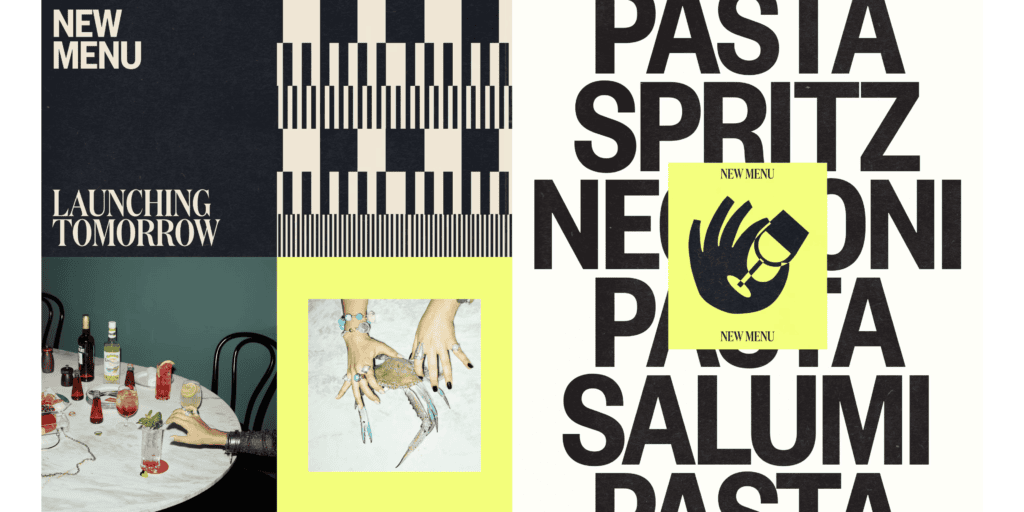
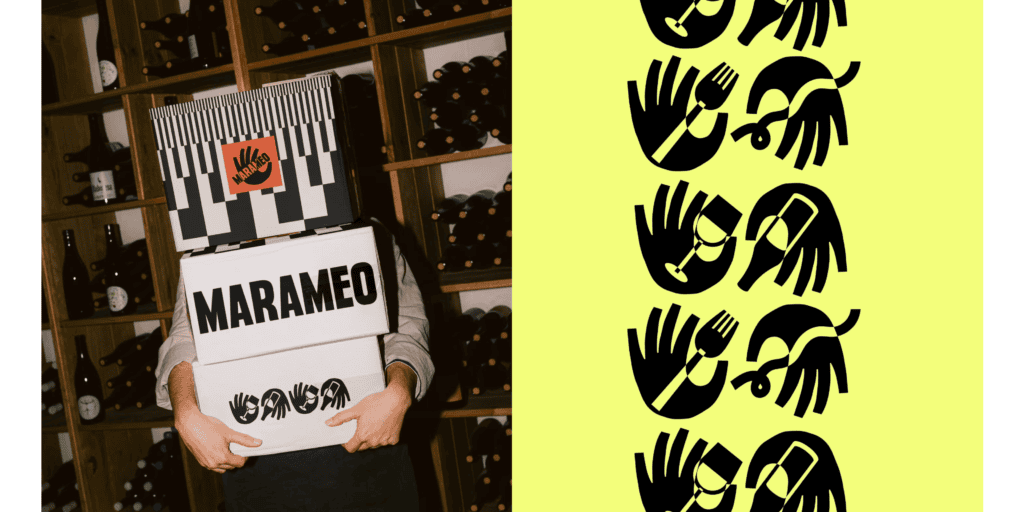
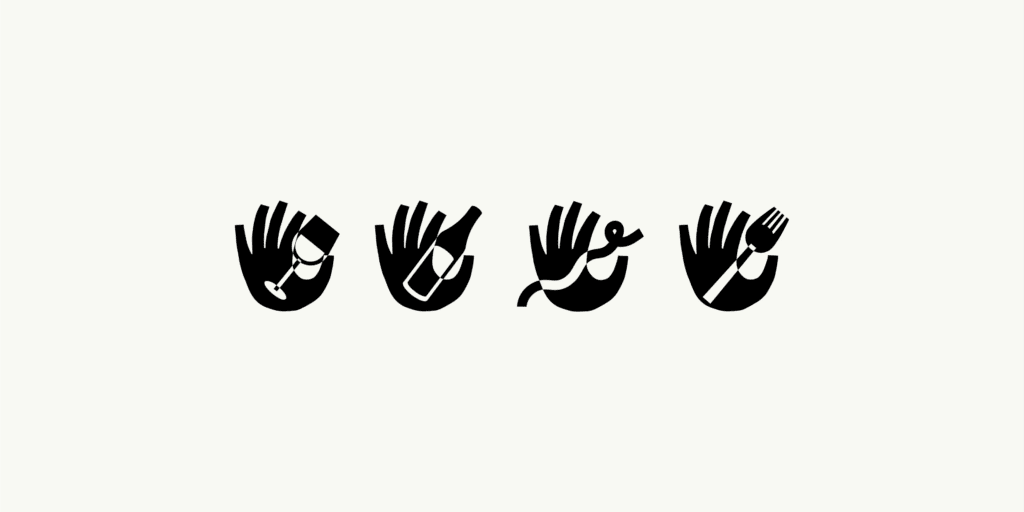

AESOP: Sophistication You Can Smell
Aesop is a masterclass in sensory branding. Everything from their muted color palette to their poetic, almost philosophical copy speaks the same language—refined, quiet, intentional. Whether you’re in their stores, browsing online, or unboxing a delivery, the brand experience is seamless and unmistakable.
Consistency Win: Their use of apothecary-style typography, sparse design, and high-brow writing creates a brand that feels more like a lifestyle than a product line.
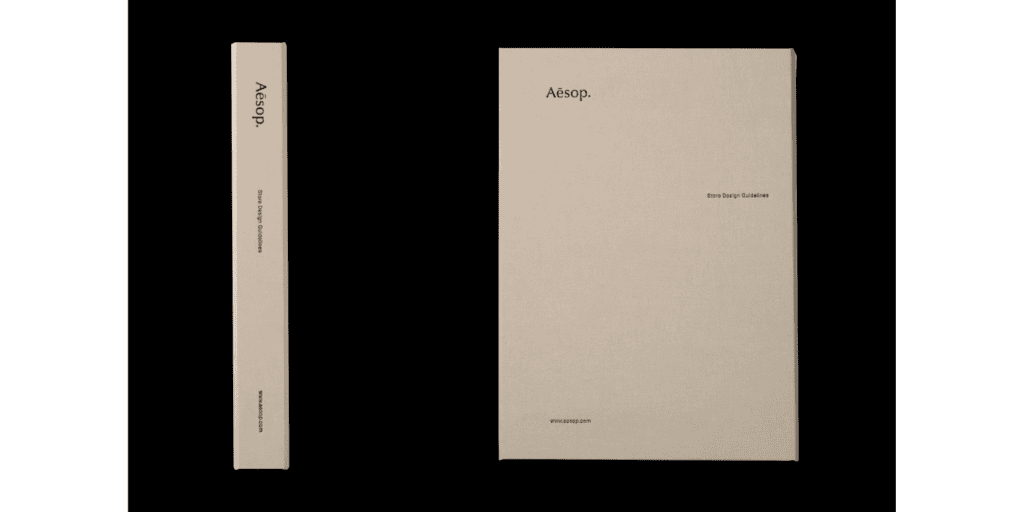
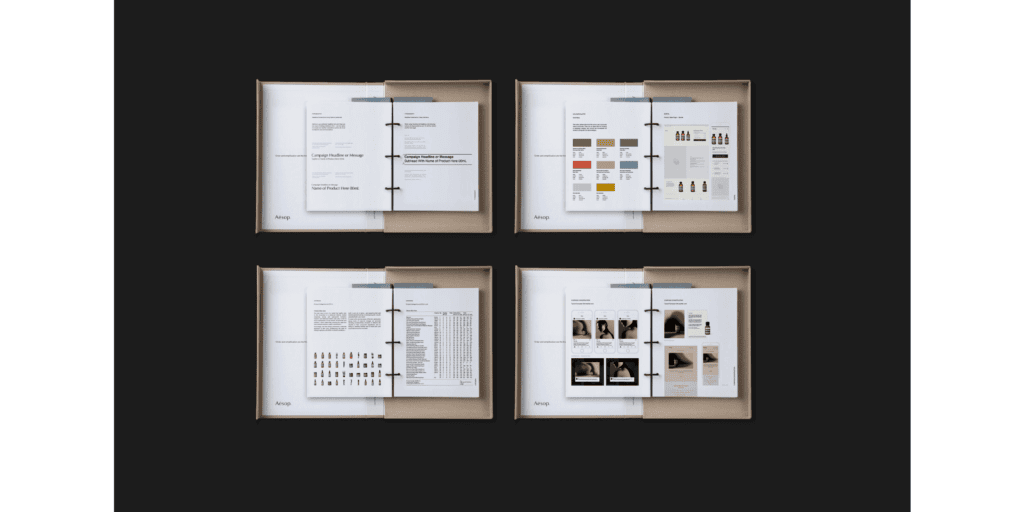


Mitte: Innovation Meets Wellness
Mitte positions itself at the intersection of tech and health, and it shows. Their visual branding is sleek and minimal, with messaging that consistently emphasizes sustainability, purity, and control. The digital product, physical device, and brand voice all sync like clockwork.
Consistency Win: Their UX and packaging align with their mission—clean, simple, healthy. Even the copy tone matches the design: focused, optimistic, and smart.

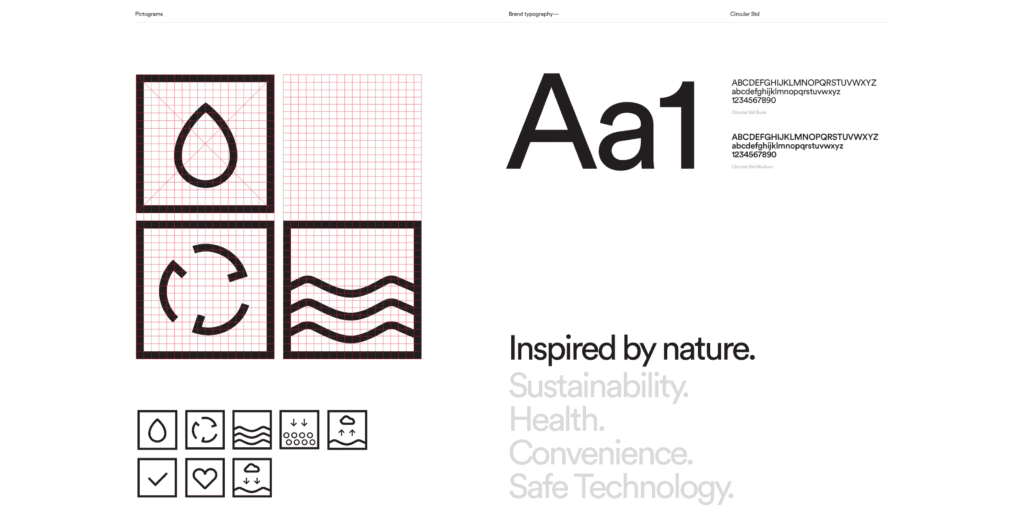
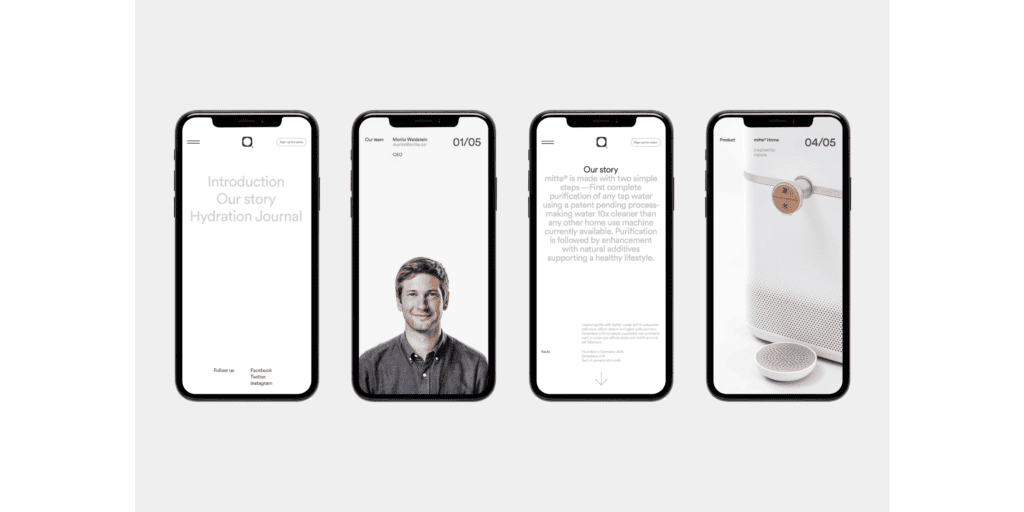
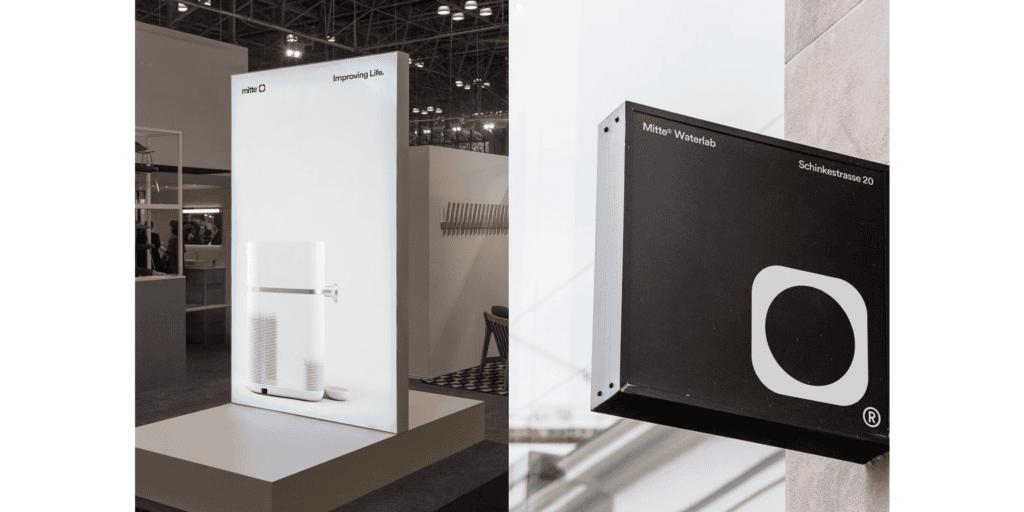
Ramp: Finance, but Make It Feel Good
Ramp takes a typically dry space—corporate finance—and injects it with clarity, calm, and control. Their branding is sharp, modern, and confident without ever being flashy. From UI design to blog content, everything reflects a mission to simplify and empower.
Consistency Win: Whether it’s a product interface or a case study, Ramp’s messaging always leads with transparency and user-centric thinking.



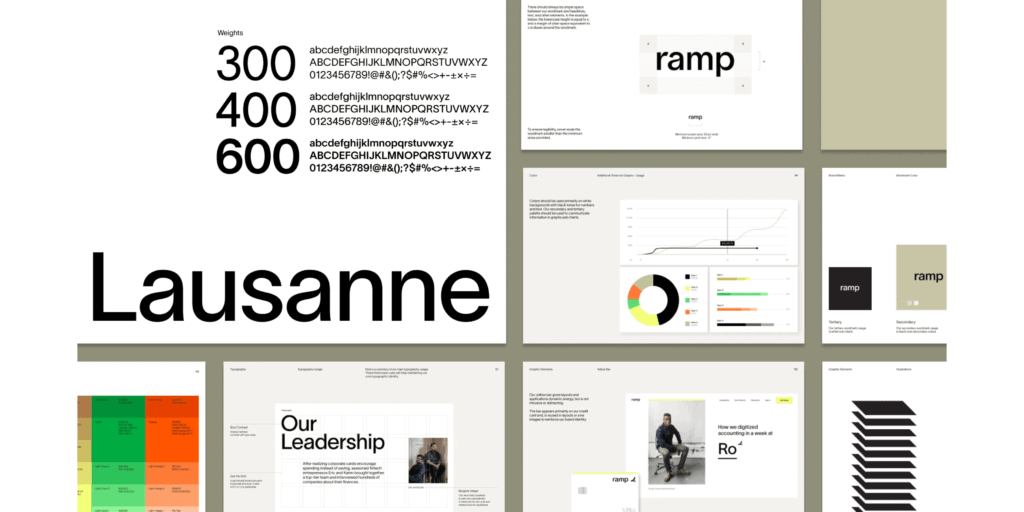
Notion: Modularity with Soul
Notion isn’t just a tool—it’s a culture. The brand has cultivated a community vibe that feels as consistent as its product interface. Their charming illustrations, minimalist design, and friendly yet focused tone work in harmony, no matter where you encounter the brand.
Consistency Win: From onboarding flows to release notes to quirky help docs—Notion sounds and looks like Notion. It’s polished, but human.

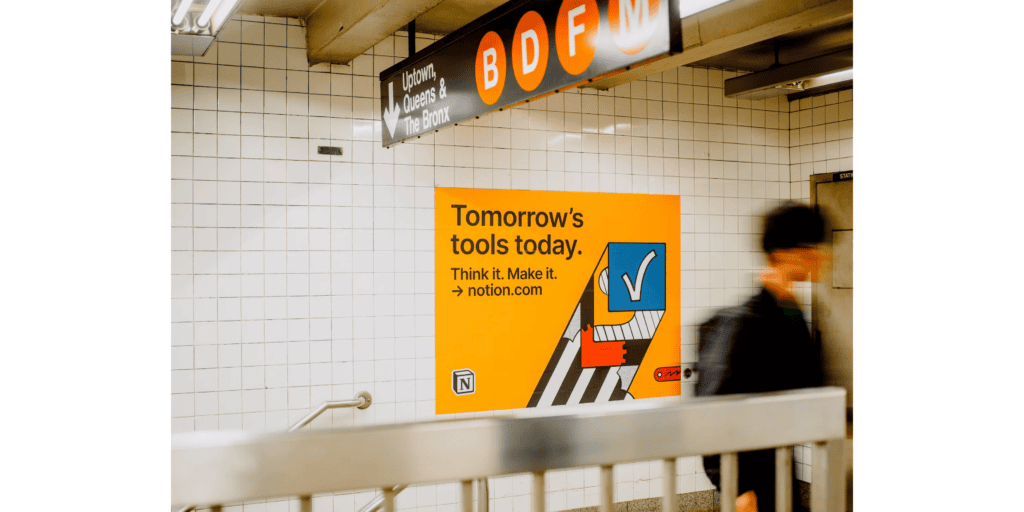

The Internal Engine: How Your Team Makes or Breaks Brand Consistency
You can have the most beautiful brand guidelines in the world, but if your team isn’t aligned, your brand will still feel scattered. Because here’s the truth: brand consistency isn’t just a design job—it’s an everyone job.
Consistency Starts Behind the Scenes
Every email your team sends, every tweet, every presentation—those are all brand moments. And when different departments interpret the brand in different ways, the result is disjointed and confusing. Internal misalignment leads directly to external inconsistency.
That’s why a consistent brand starts with an aligned culture.
The Power of Clear Brand Guidelines
A brand style guide isn’t just for the design team. It should be a living document that helps everyone on your team—from developers to customer support—understand how to communicate, write, design, and represent the brand.
Your guide should cover:
- Tone of voice (with real examples)
- Visual usage (colors, logos, imagery, spacing)
- Content guidelines (how to structure blogs, CTAs, headers)
- Social media templates
- Messaging pillars (core ideas your brand always reinforces)
Internal Branding = External Strength
When your team lives and breathes your brand values, it shows. They’ll be more confident in their communication, more consistent in their execution, and more connected to the mission. That connection radiates outward—to customers, partners, and the wider world.
Think of it this way: your team is your brand’s first audience. If they don’t get it, your customers won’t either.
Train, Don’t Just Tell
Too many companies drop a style guide into Slack and call it a day. Instead, hold internal workshops. Create micro-courses. Use brand check-ins during campaigns. Keep the conversation alive.
Brand consistency isn’t a one-time download—it’s a habit.
Tools of the Trade: Systems That Support Consistency in Branding
You don’t need to manually police every headline or hover state to maintain brand consistency. What you do need are the right tools, frameworks, and processes that keep everyone aligned without slowing things down.
Here’s how to build a system that works with your brand—so consistency becomes effortless, not exhausting.
01 Brand Style Guides: The Source of Truth
A strong brand style guide should live in the cloud, be easily shareable, and get updated as your brand evolves. It should go beyond logo specs and include:
- Tone of voice and writing do’s/don’ts
- Visual hierarchy and color use
- Social media behavior
- Email formatting and templates
- Common copy blocks (like CTAs or product messaging)
Tools: Notion, Zeroheight, Frontify, Figma
02 Digital Asset Management Systems
These are your brand’s digital libraries. They keep your team from constantly asking, “Where’s the latest logo?” or “Do we have this in white on transparent?”
With a DAM, you can store:
- Logos, images, videos
- Social templates
- Ad creatives
- Brand-approved design files
Tools: Bynder, Brandfolder, Canva for Teams, Dropbox Business
03 Content Management Systems with Brand Governance
Your website or app content needs to follow your brand’s voice everywhere—even across different teams or regions. That’s where structured CMS tools help. They allow for modular content blocks that follow set formats, making brand-safe execution easier.
Tools: Webflow, Contentful, Storyblok, Sanity
04 Project and Workflow Management Tools
Keeping your design and content teams in sync is key. Centralized planning ensures nothing goes rogue—and everything gets reviewed through a consistent lens.
Tools: Asana, Trello, Monday.com, Notion
05 Internal Communication and Training Platforms
New hires, freelancers, or collaborators need fast onboarding into your brand. Don’t just hope they absorb it—give them structured learning.
Tools: Loom, Trainual, Guru, Confluence
06 Brand Consistency Checkpoints
These aren’t tools, but habits. Before launching a campaign, publishing a blog, or rolling out a new product, ask:
- Does this sound like us?
- Does it look like us?
- Does it feel like us?
Build checkpoints into your workflow—review decks, design reviews, QA loops—and use your guidelines as the benchmark, not the afterthought.
When systems do the heavy lifting, your team can focus on creativity—not compliance. And that’s the sweet spot where brand consistency and innovation thrive together.
Evolution Without Confusion: Keeping It Consistent While Growing
Consistency isn’t about freezing your brand in time. Great brands evolve. They adapt to new markets, trends, and technologies—but they do it without losing their identity. The challenge? Growing without confusing your audience or diluting your essence.
So how do you scale a brand and stay recognizable?
Keep the Core, Refresh the Wrapper
Think of your brand like a person. They grow, change their clothes, try new things—but their personality, values, and voice stay intact. You can evolve your visual style or product offering, but your tone, mission, and positioning should remain anchored.
Pro tip: Before you rebrand, ask: “What do we need to evolve, and what must remain?” Don’t toss out everything just to feel fresh.
Global Brand, Local Relevance
As brands expand into new regions or audiences, the temptation is to adapt everything. But here’s the trick: localize without compromising your brand DNA.
For example:
- Keep your voice and tone, but adapt cultural references.
- Maintain your design system, but allow flexibility in imagery or layout.
Consistency in branding doesn’t mean identical—it means cohesive.
Don’t Over-Rely on Trends
Trends are tempting. Everyone’s going minimalist? You want to strip things down. Suddenly loud, maximalist aesthetics are in? You want to go bold. But constantly shifting styles creates brand whiplash.
Evolve, but don’t chase. Use trends to inspire, not define.
Scale Your Systems Alongside Your Brand
As your business grows, your team and content output grow too. That’s when inconsistency often creeps in. To avoid this, your systems need to grow with you.
- Update brand guidelines regularly.
- Create templates for new formats (podcasts, TikTok, partnerships, etc.).
- Appoint internal brand stewards or editors.
Brand consistency isn’t static—it’s proactive.
Rebranding Without Losing the Plot
If you’re going through a major shift (merger, repositioning, audience change), keep your brand’s essence front and center. Share the why, involve your audience, and transition gradually.
Great example: Mailchimp evolved from quirky email marketing to full-blown marketing platform—but kept their fun tone and recognizable identity throughout.
On a Final Note
So, why is brand consistency important? Because it’s what turns a business into a brand people remember, trust, and return to. When your messaging, visuals, and voice align across every touchpoint—from website to support—it creates a sense of familiarity that builds long-term loyalty. It’s not about being repetitive, but about being unmistakably you in every interaction.
Consistency isn’t a one-time project—it’s an ongoing mindset. Whether you’re refreshing your brand, scaling to new markets, or tightening internal alignment, staying true to your identity is what sets you apart. And if you’re ready to build a brand that feels cohesive, clear, and confidently positioned—contact us. Let’s make consistency your brand’s strongest asset.





